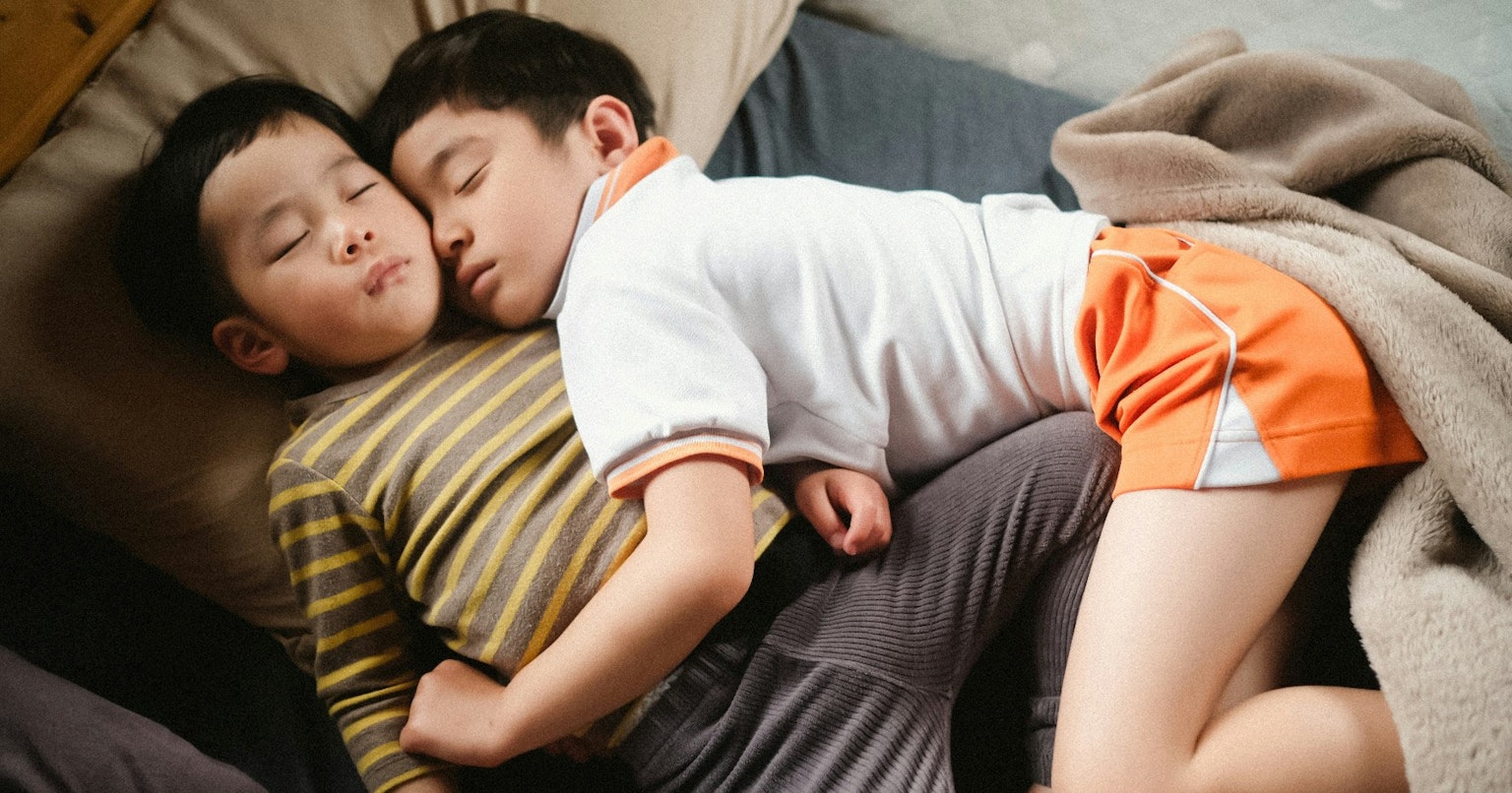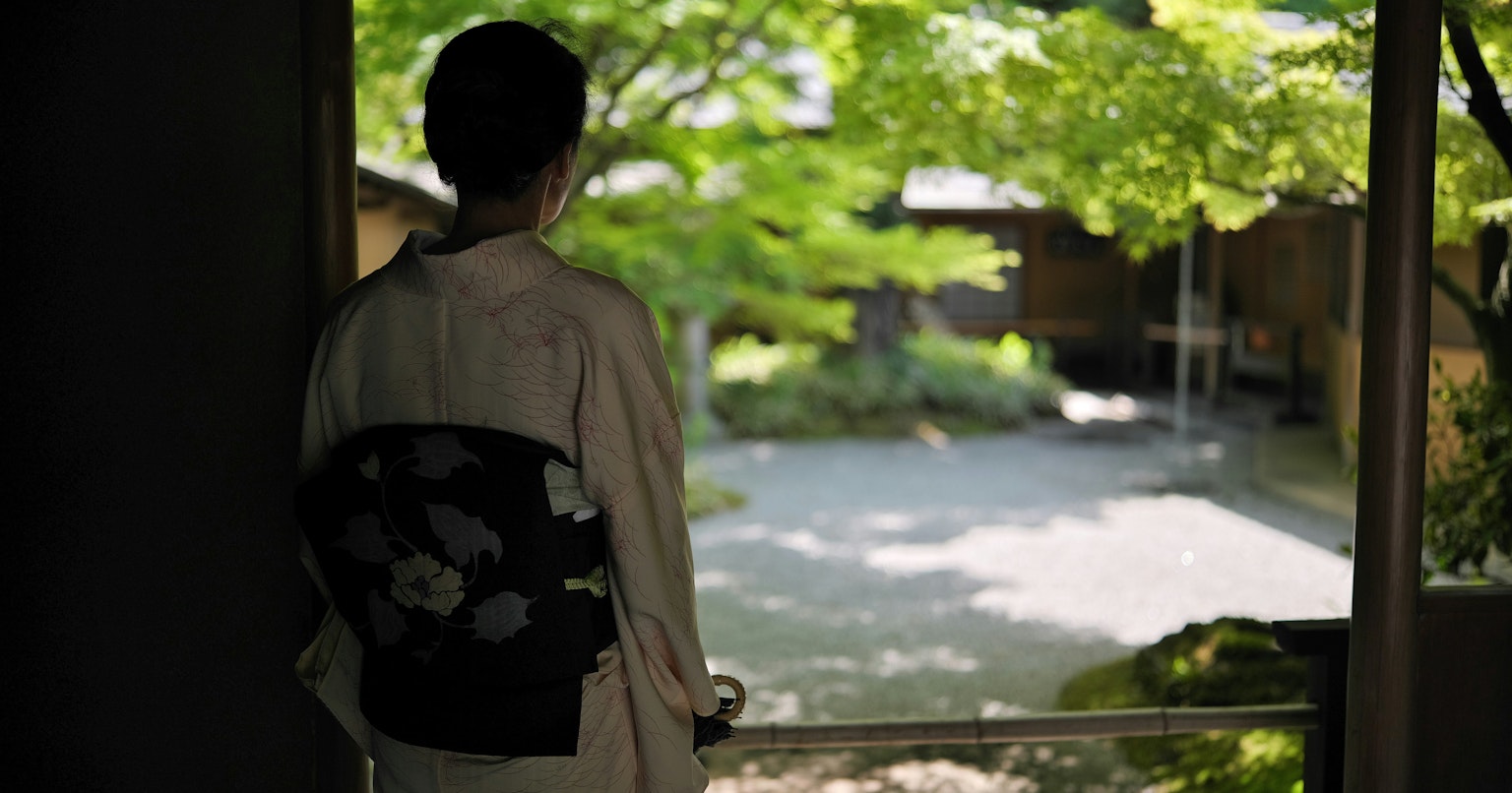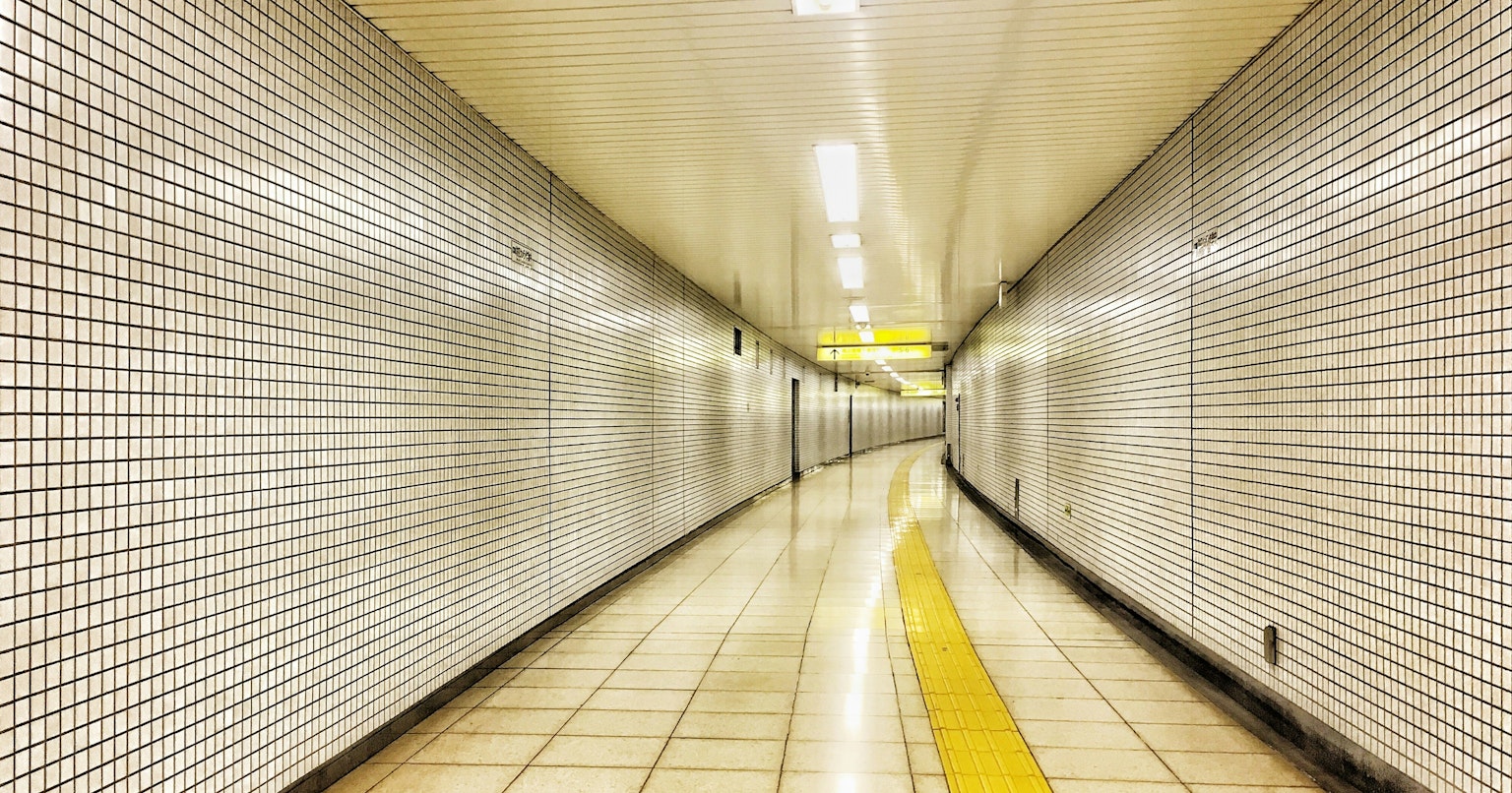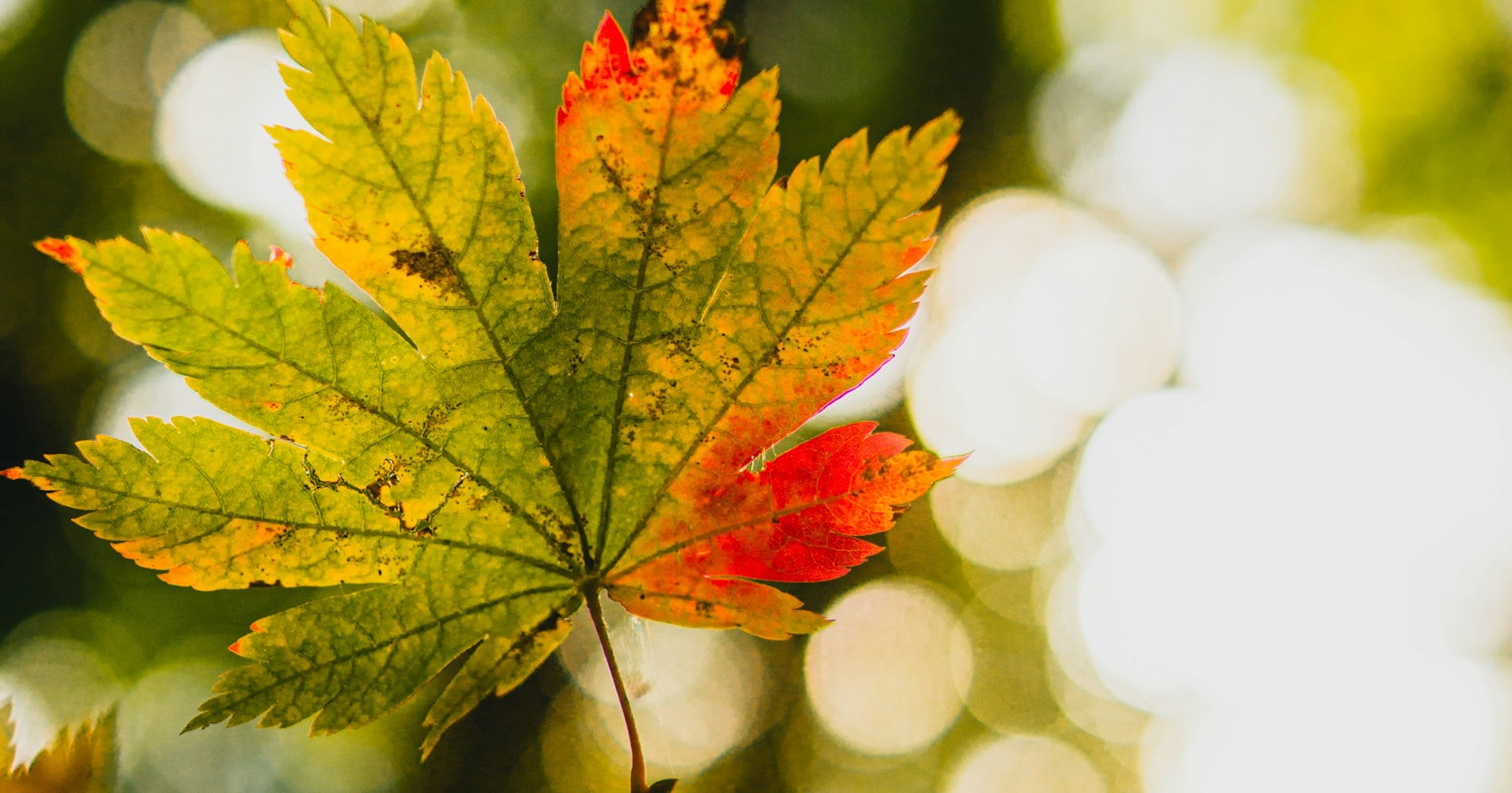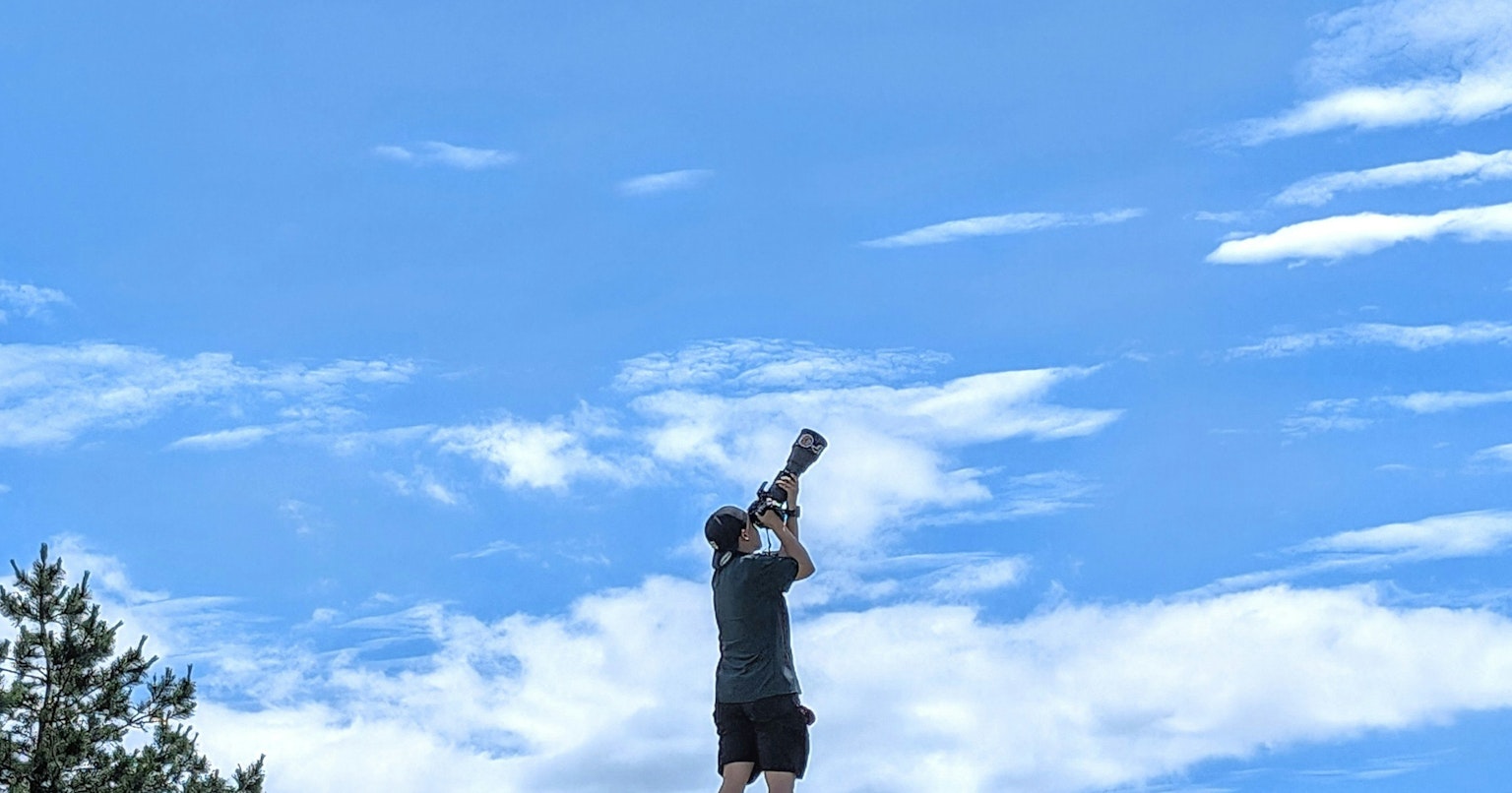
Cover photo by AYUMOON
AI can now accurately estimate the location where a photo was taken by analyzing visual clues such as buildings, natural features, and lighting. Even without GPS data or EXIF information, architectural styles, vegetation patterns, and even region-specific road signs can serve as clues for location identification.
Tools like Google Lens, Yandex Images, and OpenAI's CLIP-based models achieve location estimation with an accuracy of 80–90%. While these tools are being utilized in industries like tourism, disaster research, and archaeology, they also raise concerns about the safety of everyday image sharing.
How AI is Transforming the Search for Photography Spots
There are cases where AI tools have helped photographers discover new photography spots in their local areas that they had overlooked for years. By receiving specific location suggestions, creators have expanded their creative horizons and significantly reduced the time spent on location scouting. AI is not just a convenient tool but is increasingly recognized as a valuable asset for supporting creative activities.

Photo by fuji
On the other hand, the high accuracy of these tools raises the risk of unintentionally revealing personal activity areas through everyday landscape photos shared by others.
Privacy Invasion Risks and Concerns
Posting everyday photos on social media can now inadvertently become an entry point for location identification. AI can analyze backgrounds in photos to estimate locations such as homes, commuting routes, or schools, raising concerns about cybercrimes like stalking.
Deleting EXIF data, which was previously effective, is no longer sufficient. New risk management strategies that account for AI's image analysis capabilities are necessary. For instance, Stanford University students have developed PIGEON, which can pinpoint natural landscapes within a 35-mile radius.
Privacy Measures in the 'AI Era'
The first step is to disable the 'location recording' feature on your smartphone or camera. Additionally, it is recommended to limit the audience for your photos and share them only on trusted platforms.
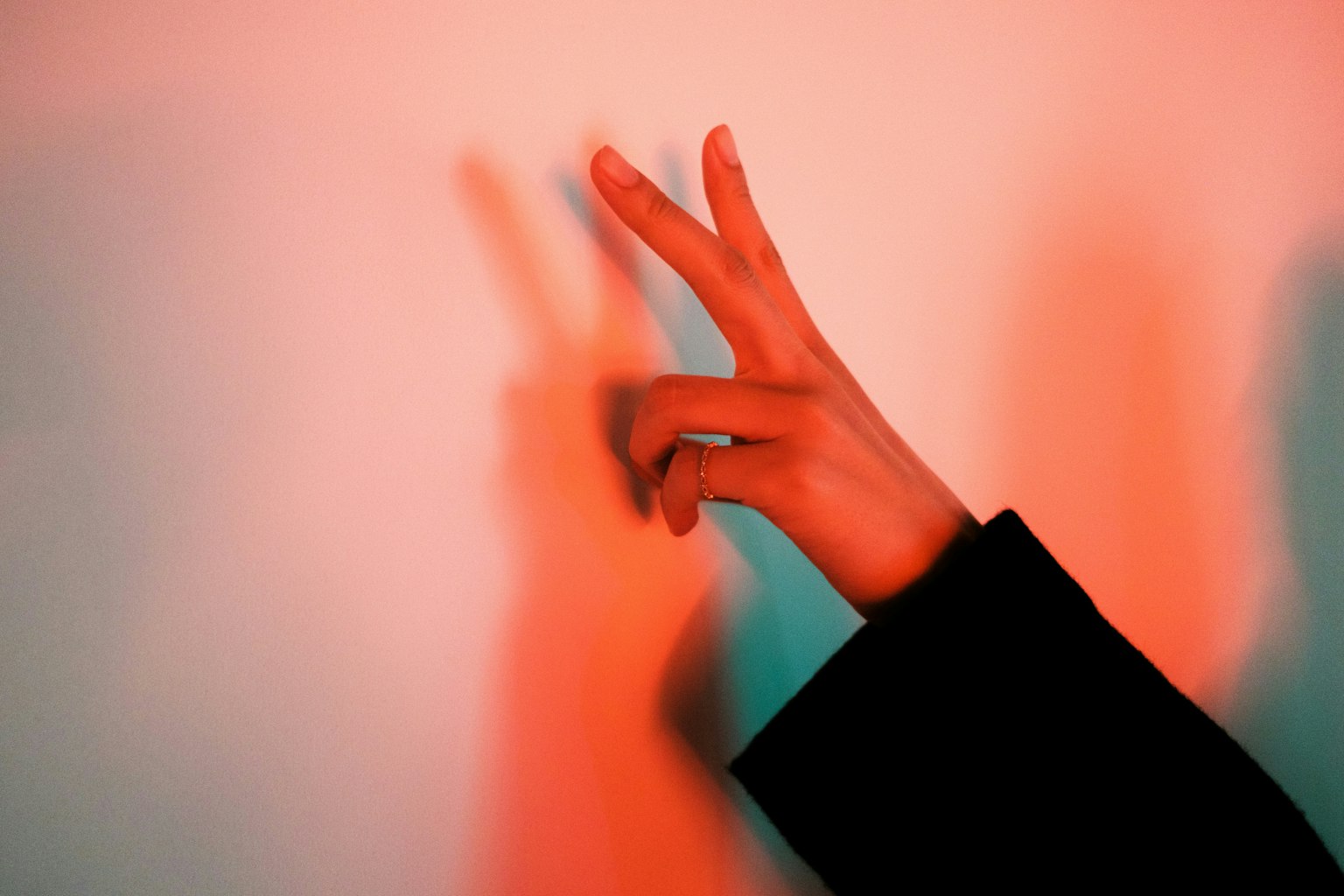
Photo by Yuya
It is also important to review photos before posting to ensure that signs, school routes, or building exteriors in the background do not serve as 'clues.' Now that AI has the ability to 'decode' such details, it is essential for individuals to understand the risks and adopt self-protective measures.
